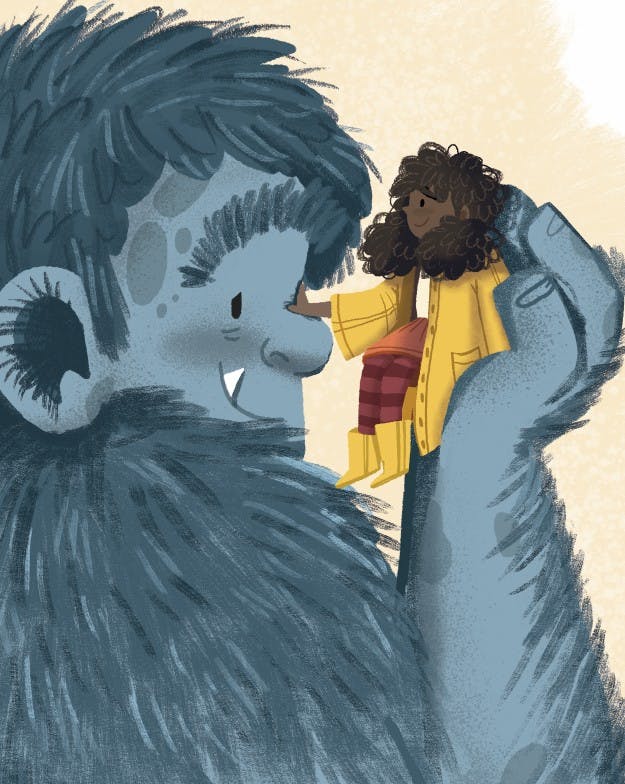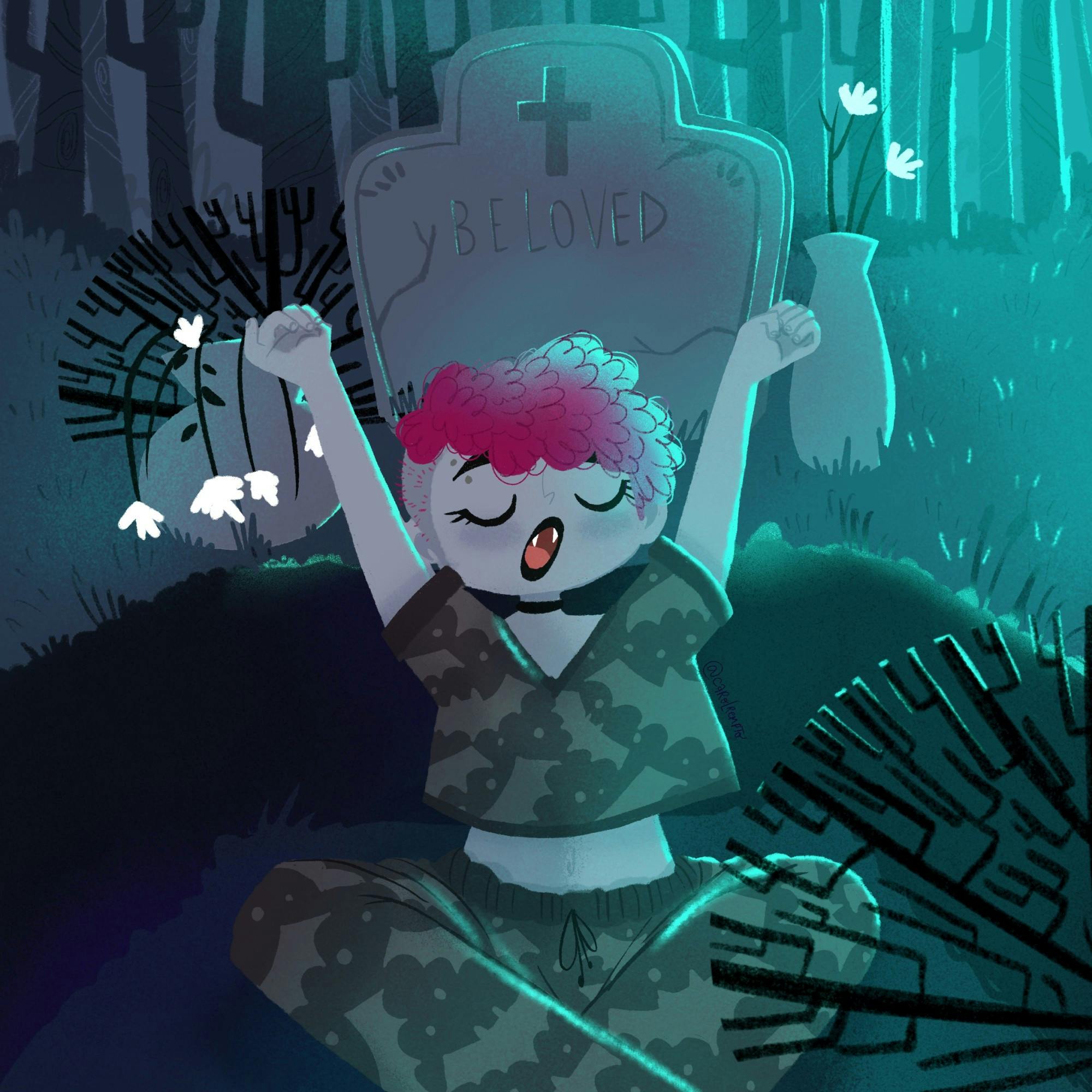
Shahane Davidson
Video
Animator
Graphic Designer
Marketing
Creative Director

Knowing the Narrative
Carol Rempto: I’ve always loved to draw. I was a quiet and shy kid who would be very satisfied drawing and painting on any blank surface. My parents were always very supportive of art and I decided to be a graphic designer once I grew up. I went to college to study graphic design here in Brazil. While I was there, I had the opportunity to be an exchange student with a full scholarship at Savannah College of Art and Design (GA-USA). It was there that I found my passion for illustration. I found people who worked and made a living as an illustrator. That was when I knew it was possible for me too.
I enjoyed every minute of studying illustration at SCAD. Once I came back to Brazil, I decided to be a freelance illustrator and started to search for my first clients.

Carol Rempto: I feel that discovering personal style is a matter of drawing a lot; seeing a lot of references; analyzing to know what exactly made you like those references and then applying them to your work in your way. Eventually, you will find how to mix all these references and create something unique.
This process never stops; you’ll be developing your style as long as you live. That is what I’m always trying to do. I’m very interested in the textures we find in traditional art, mostly with gouache painting. That is why my work is full of gouache-like textures.

Carol: Studying graphic design in college was a very important step for me as a visual artist. I had access to great teachers who could show me the fundamentals of design (which helps me a lot even today) and they taught me how design is a way of thinking and solving problems as opposed to just creating good-looking pieces or products. Learning this way of thinking was very important to me as an illustrator and in my whole life.

Carol: My inspiration comes from day-to-day things, like when I’m cooking broccoli and stop to see how it is very cute and tiny with little branches and leaves. I think we can find a lot of inspiration around us if we just pay attention. Nature itself is an endless source of inspiration.

About my process of conceiving ideas, I like to think about the theme I’m working on first and see what I can draw about that without specific references. Then I will look at the theme; do some research and see what can be improved in my previous concepts with that research.
That is my way of trying to keep my ideas alive when I’m creating something. We live in a world so fast where most things are already done and can be found on the internet, such that we can easily be confused with so much information and forget our unique ideas about anything.


Carol: I think the narrative is one of the most important things in the process of creating an illustration. Without that, you’re just drawing and not illustrating. So I always try to draw keeping in mind some kind of a backstory, even when I’m drawing for myself. If it’s a frog, I start to think about where this frog came from; what it is doing; why it is there, and from those questions, we usually can end up with some basic backstory that can give life to whatever we create. It’s not just a frog anymore; it is a frog that came from a village where all frogs play piano and it came here to find the love of his life but ended up trapped in someone’s house. I try to keep an open mind to the hidden backstory in every drawing I make.


Carol: Kids are the future of the world, so it is a very special audience to communicate to. I hope they can see themselves in my illustrations; feel represented and worthy, so they can take a little bit of the magic I put on these drawings into their own lives. I hope I can help them know how to make the world a better place for everyone, no matter the race, sex, religion, disabilities, etc. so that we aim for greater equality.


Carol: Working as a children’s book illustrator allows me to collaborate with a lot of professionals like pedagogues that can help me with these parameters. One of the most important parameters is always trying to keep the characters very diverse, avoiding stereotypes whenever we can. Studying how some types of visual representation can be offensive and racist is also very important. I think we should be very open to listening and try to understand why something we draw is not adequate. It is a process and I’m always learning new things about that subject.

“I think the narrative is one of the most important things in the process of creating an illustration.”
Carol: I think the idea came from me drawing my cats, Monet and Cacau. I thought other people would also like to have a cute portrait of their pet and hence started to market it. I discovered that it can be a very lovely gift for pet owners, so I do that when in between jobs. It’s also very nice to receive a lot of photos of cute pets!
Carol Rempto: That is something very difficult for me but, thinking about the process, I would say that I try to stay true to the core of my style while considering what each audience finds interesting and attractive. Children usually like and are drawn to lots of bright and primal colors as also hidden details. For teenagers and adults, I would say, we can use a color palette that is a little more serious and we can play a little more with complex concepts, analogies, and other resources that can be difficult for young children. That is mostly what I take into consideration when I’m creating for different audiences.


Carol Rempto: My most interesting project so far is the illustration I made for a collection of plates for a big chain of Italian fast-food restaurants here in Brazil called Spoleto. I designed one of the six plates and it was very important to me to see my art in something that was sold to so many people across the country as also to receive so many messages with photos of my illustration in their homes. That was fantastic and something that made it memorable for me.























































